ABA is an extremely sensitive topic. You may experience intense emotions as you read this piece. I ask that you read through the post in its entirety before you make a final decision on what your perspective will be. If you need clarification, please ask. If you disagree, I’d appreciate your feedback.
It has taken me months to prepare this post for so many reasons, not the least of which is that I’ve been coming to terms with my own very late autism diagnosis. I’m one of the fortunate people who wasn’t subjected to Applied Behavior Analysis (ABA) therapy, but so many Autistic people are not so lucky. I write this post for them and for all the children now and in the future who will undergo this very painful experience.
At the start, I have to make clear that I am not a professional. I’m an Autistic mom of an Autistic child, and I have been in the position of deciding whether or not to put my child into ABA therapy.
I also need my fellow parents to know that I am not condemning you if you’ve chosen ABA therapy. It is the gold standard “treatment” for Autism Spectrum Disorder (ASD), it’s covered by insurance, and it certainly seems to work. Unless you’ve been exposed to Autistic adults and our position on ABA, there’s little reason for you to be concerned. I hope you will hear what we have to say and consider whether you want to continue down this path.
Autism Isn’t a Behavior Disorder
So, why treat it with compliance-based training? Autism is a completely natural, neurological variant. It is primarily disabling in cultures where Autistic people are not included and embraced.
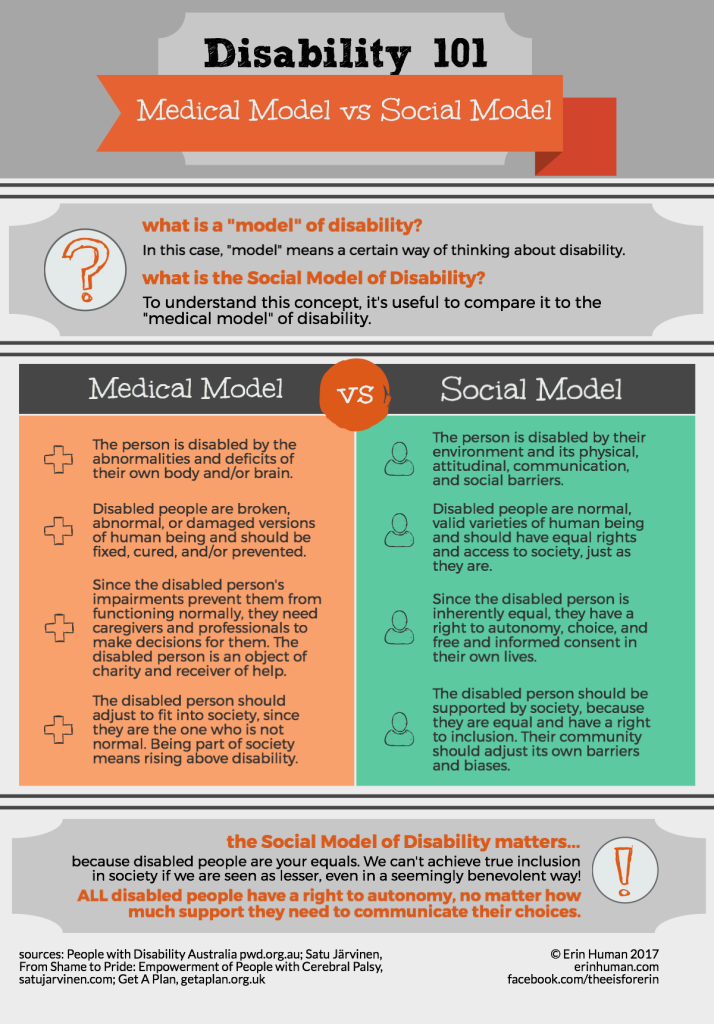
Autistic brains perceive and process the world differently from allistic brains. But, we are fundamentally human beings, like everyone else, with the same emotions and responses to stimuli. If you hear a loud noise, do you not cover your ears? That’s not considered odd at all, right? So, why would it be odd for an Autistic person to do the same? Sure, it might be accompanied by humming and rocking, because stimming is so comforting to us, but we’re doing the same thing you do to reduce the strain of overstimulation. When allistic children relieve intense stress by cutting, we don’t send them to compliance-based training to try and coerce them to stop. We get them into helpful therapies to give them back control and provide relief that doesn’t harm, thereby addressing the problem rather than the behavior. And, that’s what Autistic kids need: acknowledgement that behavior is communication and relief from the underlying problem.
A History of ABA Therapy
Back in the 1970s, UCLA psychologist, Ole Ivar Lovaas, participated in the development of a therapy that promised to alter “deviant” behavior. His involvement in the Feminine Boy Project offered him an opportunity to engage in a form of behaviorism soon-to-be-called conversion therapy wherein gay men would theoretically be converted to heterosexuality. He also used this new therapy in his work with Autistic children.
Conversion therapy for homosexual people has since fallen out of favor, for obvious and good reason. However, Autistic children are still subjected to the same behaviorism that we’ve deemed unacceptable for use on other human beings. The reason? It was the same back then as it is now. In the words of Lovaas himself, ABA therapy can make Autistic kids “indistinguishable from their normal friends.” Unfortunately, that so-called progress comes at the price of an uptick in PTSD and suicide among Autistic people. I’m sure you can understand how devastating it is to go through life feeling that the person you genuinely are simply isn’t enough for the people who say they love you. Now, before you decide that my criticism is unfounded, let me make it abundantly clear that Lovaas was a pretty despicable fellow:
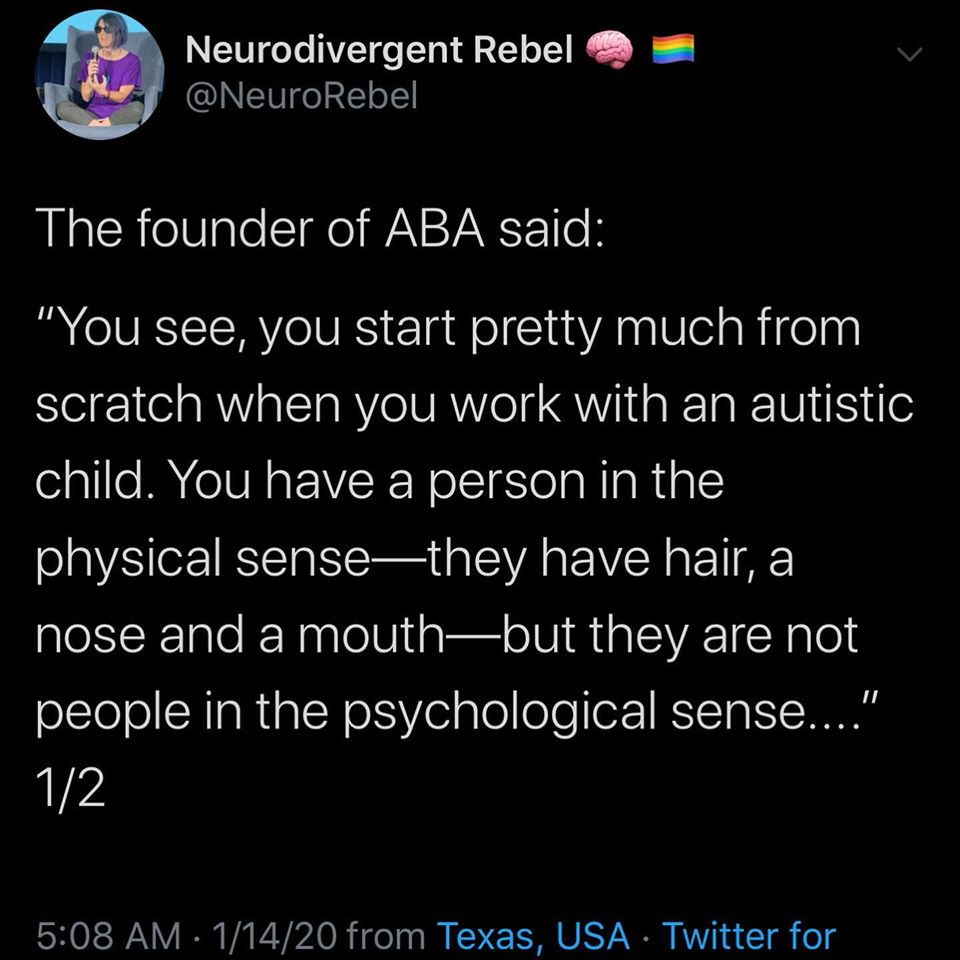
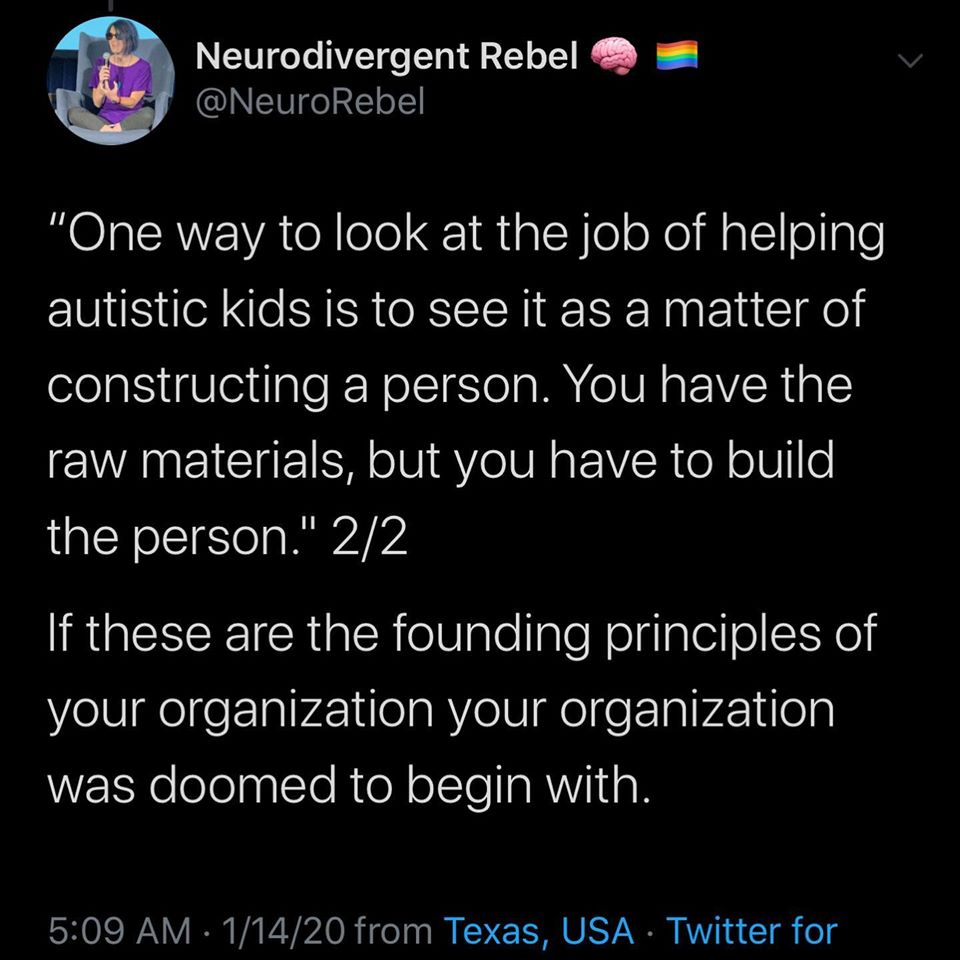
Modern ABA might look gentler on the surface; however, at its core, it starts with the assumption that Autistic people are broken and wrong, and it seeks to make our behavior more comfortable for allistic people.
Autistic Perspectives on ABA
Amythest Schaber is an Autistic artist, writer, public speaker, and advocate. Her series, Ask an Autistic, tackles a great many topics that have proved helpful to her many allistic followers. In this episode, she explains what ABA is from her perspective.
The following list includes links to other Autistic writers and advocates, as well as allies, who explain why ABA should be avoided:
- ABA therapy is not solidly evidence-based no matter what they tell you. ABA research doesn’t even claim that ABA therapy can treat autism! And, the federal government says ABA doesn’t work.
- Autistic kids don’t need to squeeze into an allistic mold. Even in school, teachers can and should be working with Autistic kids to build on their strengths.
- Adult Autistic ABA survivors have called ABA therapy out as abusive.
- ABA therapy has been likened to dog training, but even dog trainers denounce it.
- ABA therapy is dehumanizing.
- Even new, “gentle” ABA therapy is problematic. (Source, source, and source)
Finally, this post from the Non-Binary Intersectionalist (and I must give tremendous credit to this page for the wealth of resources I’ve been able to provide in this post!) describes a recent interaction with a young child in ABA therapy:
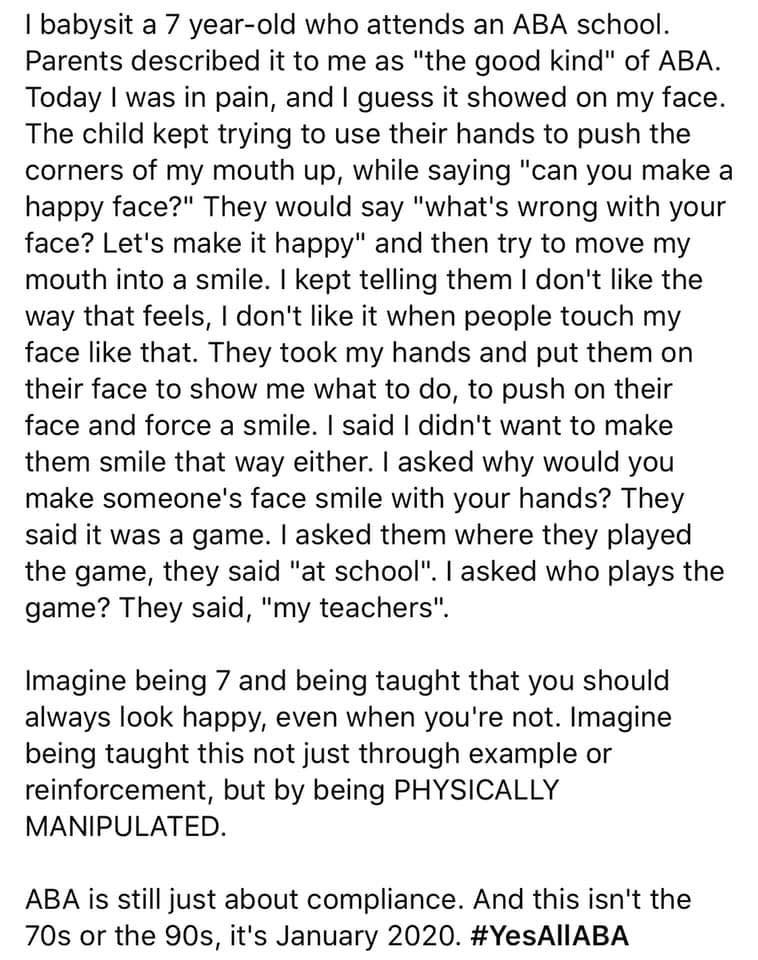
If you’re interested in reading some personal accounts of ABA therapy, I encourage you to check out this post on Stop ABA, Support Autistics. If you still aren’t convinced that ABA therapy is harmful, read this post.
What’s the Alternative to ABA Therapy?
To answer this question, we have to consider what well-meaning parents intend to happen when they put their children into ABA therapy. Some of the most common reasons I’ve seen are 1) to help the child be more independent, 2) to help the child navigate society more easily, and 3) to protect the child from danger. There are many, many more reasons of course! These are simply the top three as I’ve understood them.
I imagine you won’t be very surprised to learn that the best alternative to ABA therapy, in my experience and in accordance with my values, is Peaceful Parenting.
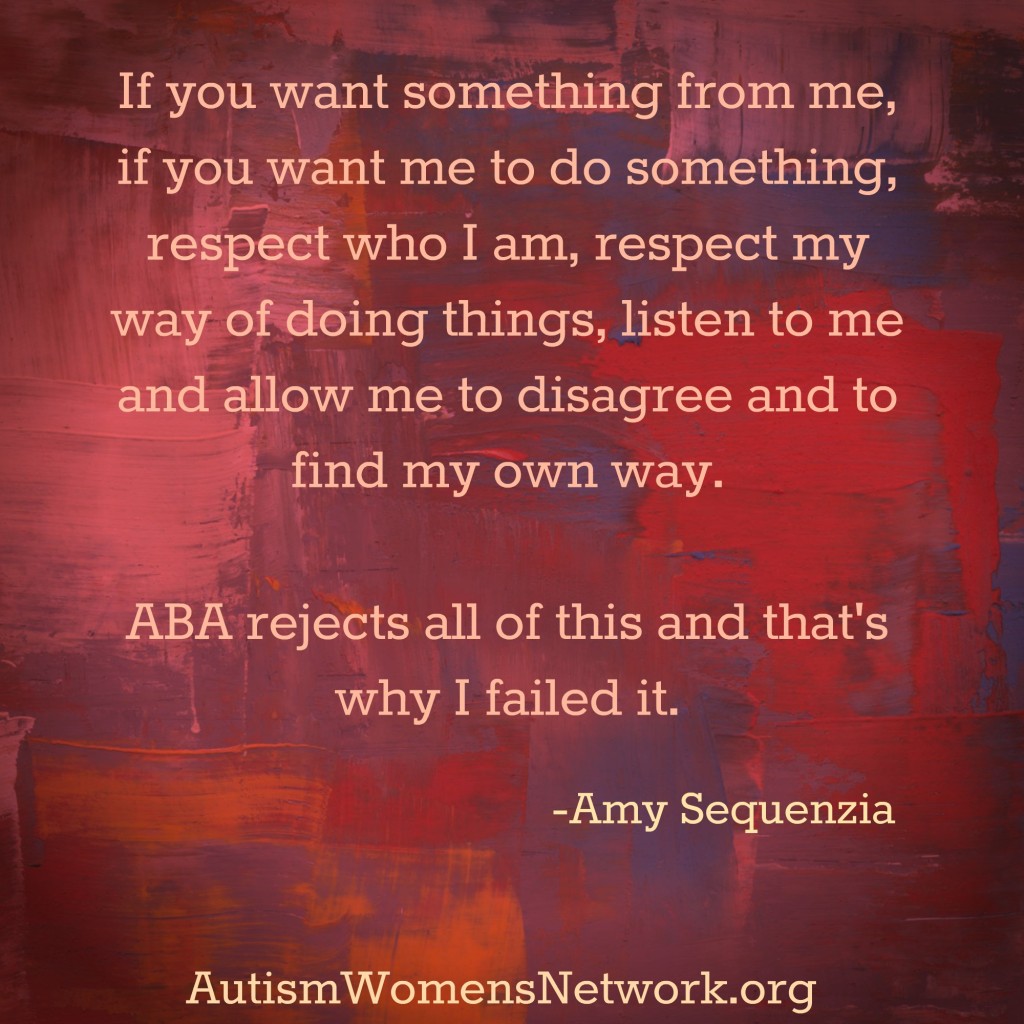
Peaceful Parenting achieves each of the three aims I mentioned by instilling self-sufficiency, self-assurance, and boundary recognition in children, as well as improving emotional development and self-regulation, one interaction at a time. Peaceful Parenting does not require thousands upon thousands of dollars or 40+ hours a week of therapy. For symptomatic concerns, there are other wonderful therapies like speech therapy, occupational therapy, and physical therapy. These therapies can help discover and meet needs that parents may not fully understand. And, much like taking an ESL class, they help Autistic kids learn a different culture without coercion.
Autistic kids deserve the same gentle treatment as any other child. If you wouldn’t put your neurotypical child into ABA therapy, there’s no need to put your Autistic child into ABA therapy. If you’d consider Dialectical Behavior Therapy (sidenote: DBT and ABA are not the same) to help your neurotypical child handle the stresses of life, offer the same to your Autistic child. Figuring out how best to support a child – any child – can be complicated. But treating our children with the same responsive gentleness, regardless of neurology, need not be the least bit complicated.
In this TED Talk, Dr. Amy Laurent explains why Autistic people need support in developing emotional skills, not behavior management:
ABA therapy is simply incompatible with Peaceful Parenting. The entire concept hinges on the adult therapist’s ability to coerce a child into compliance by withholding beloved objects and activities until the child “earns” them by obeying the therapist. ABA therapy discourages children from saying “no.” It does nothing to meet underlying, unmet needs and, instead, attempts to force children to ignore those needs while behaving as though the needs do not exist.
If you are a Peaceful Parent who is alarmed by what you’ve read, please know you and your child are enough just as you are. Your connection with your child is the key to comfort and growth. All children want to be heard and understood. Your job, then, is to learn how your child communicates and become conversant in their preferred language. Trust yourself. Trust your child. And, when you need help, find people who are willing to do the hard work of figuring out why your child is suffering and then find ways to relieve that suffering by way of accommodations and modifications. For instance, if your child hits himself in the head in the presence of very bright lights, the remedy is simple. Turn the lights down or off. When you start to see remedies everywhere, the rest falls right into place.
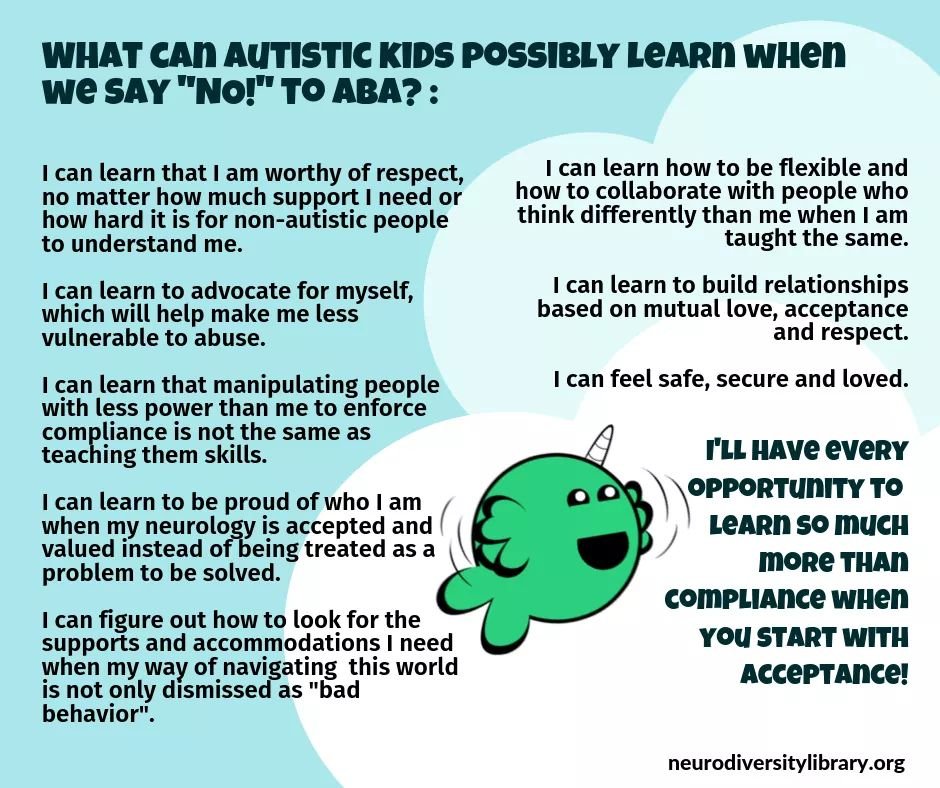
No Autistic child is the same and there are going to be things your child can do that mine can’t. Again, all Autistic people are different from one another. The key is learning what exactly that means for your child and filling in every single crevice in your child’s heart that is aching for your love and attention.
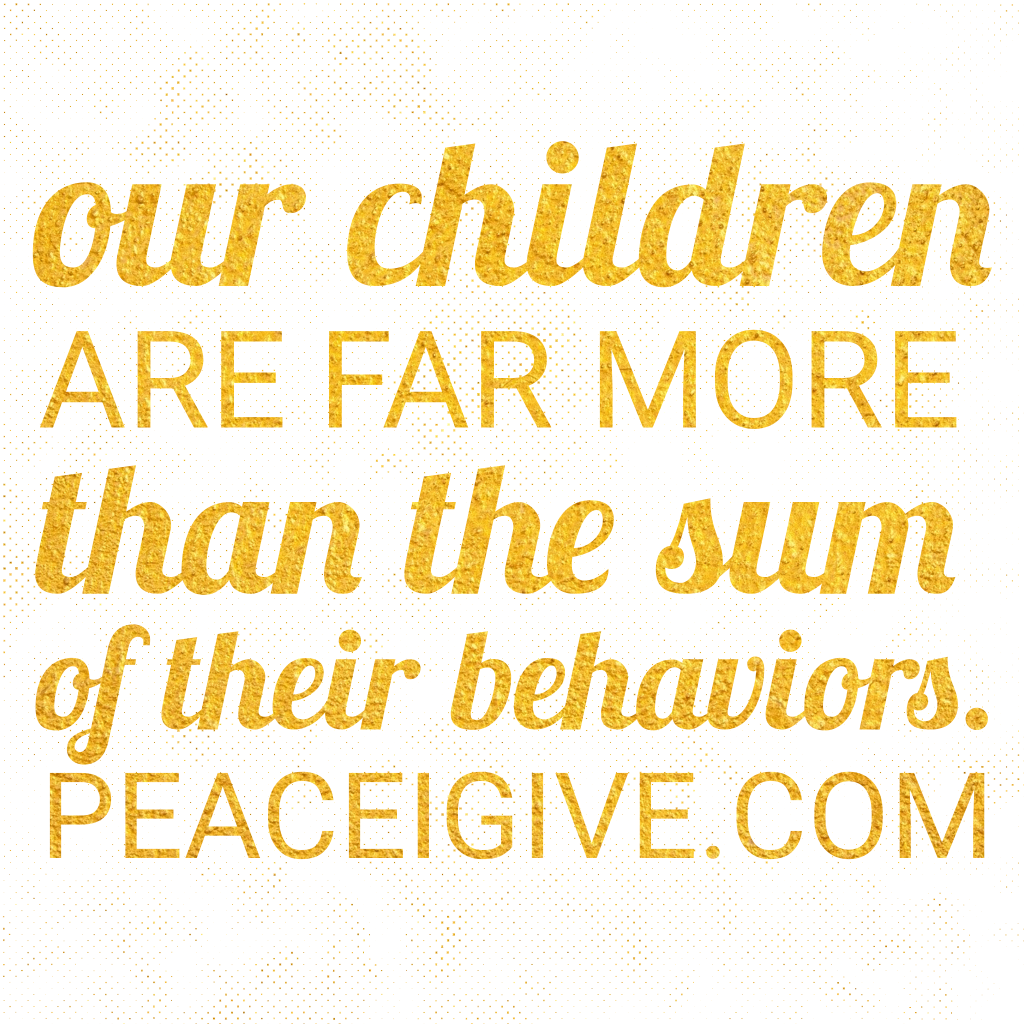
That includes Autistic children who exhibit self-destructive and violent behavior. Remember, all behavior is communication. If a child, any child, is lashing out, something is wrong that the child can’t overcome. Our goal as parents has to be to investigate the underlying cause of our children’s challenging behavior and help to relieve any stressors we discover.
You Want Action Steps? We’ve Got Actions Steps.
You’ll find this to be a very short section, because I’m directing you to the single most helpful post I’ve ever read on helping Autistic kids as a parent. For concrete, comprehensive details on what you can do for your Autistic child without the use of any ABA whatsoever, please read If Not ABA, Then What at The Thinking Person’s Guide to Autism. The recommendations there will support what you are already doing as a Peaceful Parent.
Careful! ABA Ideology Can Wriggle Into Other Therapies
If you’ve gotten this far, I want to make sure you know that ABA ideology has infiltrated all aspects of the way professionals care for Autistic people. Plus, because ABA is so profitable, some professionals use ABA codes to bill insurance even while they claim they aren’t practicing “traditional” ABA. However, don’t be fooled! If it’s called ABA, it is ABA. And, even if it’s not called ABA, the professional could be using ABA tactics to pressure your child into making advances. It can all be very confusing. An excellent post by Autistic Mama describes the red flags that should send you running for the door if you see them in any therapy your child undergoes. Please visit her post directly for a full explanation of each red flag.
- Observation is Not Allowed
- Indefinite Therapy
- Extreme Hours
- No Stimming Allowed
- Requires Eye Contact
- Excessive Reliance on Token Systems and Edibles
- Rigid Approach or Refusing to Make Basic Accommodations
- Focus on Outward Behaviors, Rather than Functional Skills
- Expecting Kids to Perform on Command, Regardless of How Difficult Something is or Where the Child is at Emotionally
- Moving too Fast or Not Breaking Down Tasks into Manageable Pieces
- Learned Skills Don’t Transfer
- Focus on Compliance
- Focus on Verbal Communication
- Punishment of Any Kind
- Presumes Incompetence
You Are a Good Parent
Any parent who would go to the ends of the Earth, at any expense, for their child has earned that title. Please know my intention is not to attack you, though I understand why such an impact could result. You may be thinking that your child’s ABA looks nothing like what I’ve described or that your child loves their ABA therapist. I’m not here to argue or to condemn you. I ask only that you carefully consider the history of ABA, its inherent weaknesses, and the voices of Autistic adults urging caution.
A Thank You to All My Fellow Autistic Adults
This post wouldn’t have been possible without the labor of my fellow Autistics. You are so incredibly valuable and I appreciate you more than I can express. Thank you!
And, reader, thank you for listening.
Update (February 10, 2020): After I published this piece, it came to my attention that Alfie Kohn recently published an outstanding piece regarding new research into ABA. It’s well worth a read!